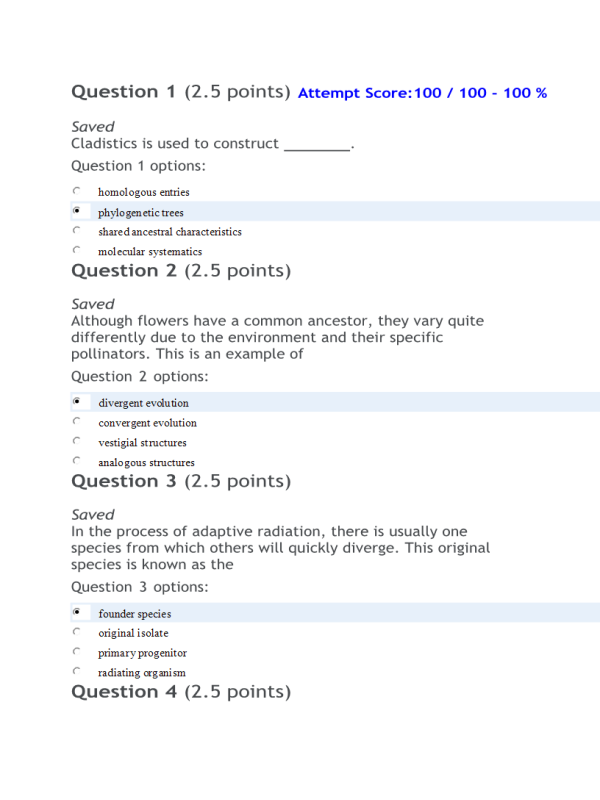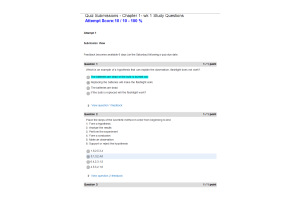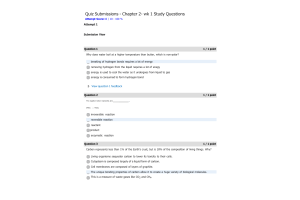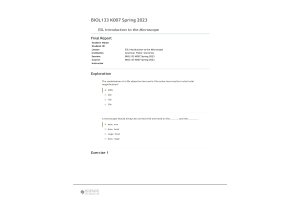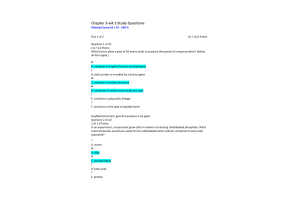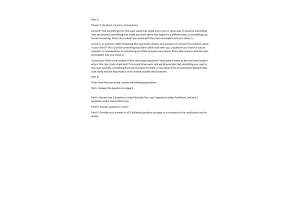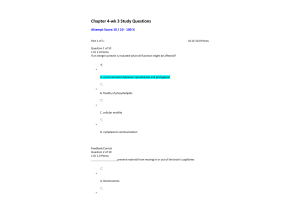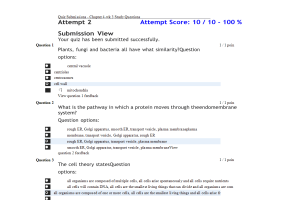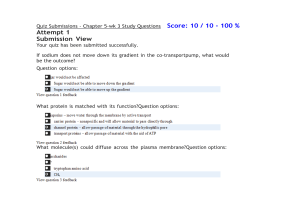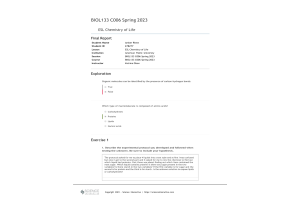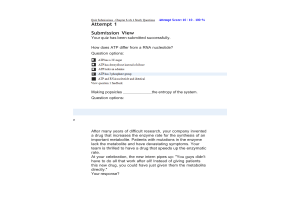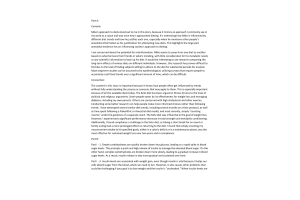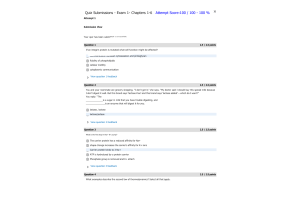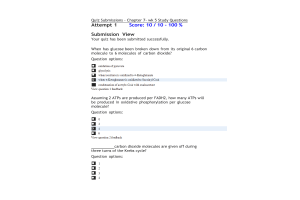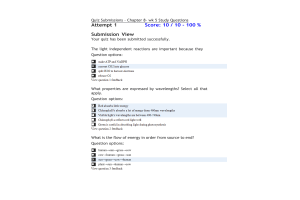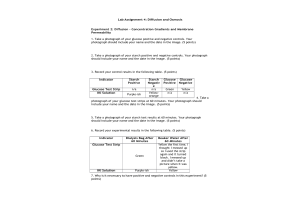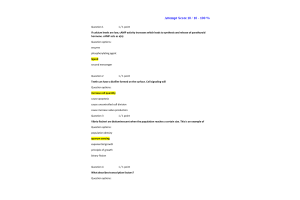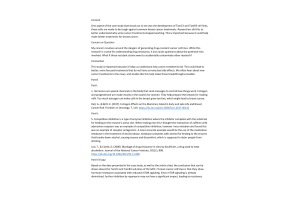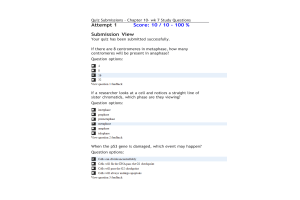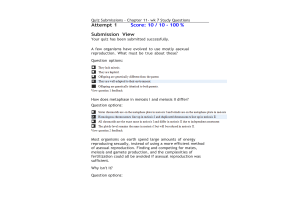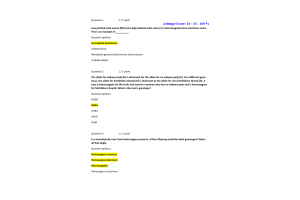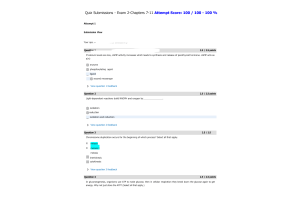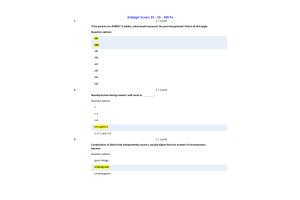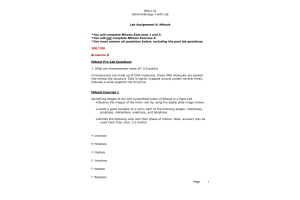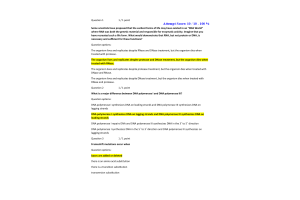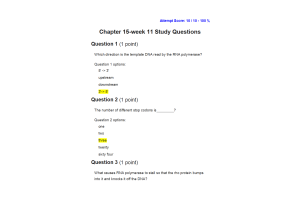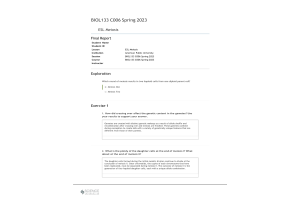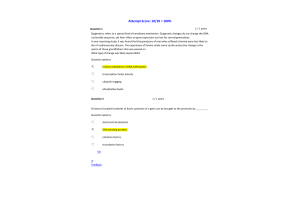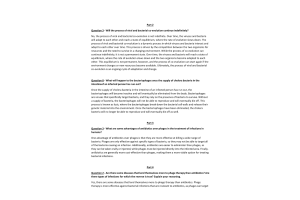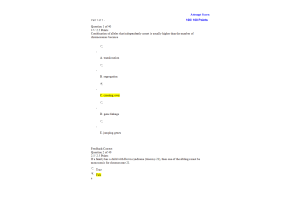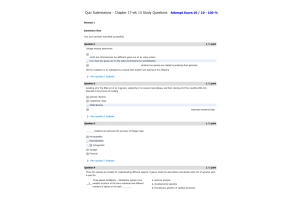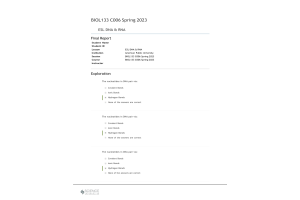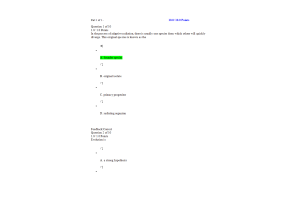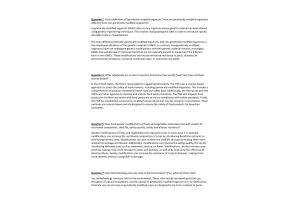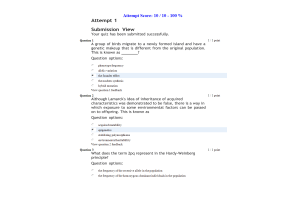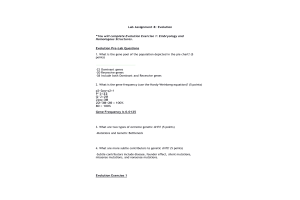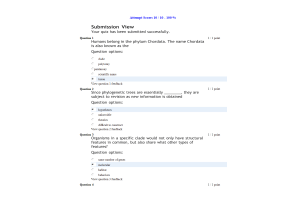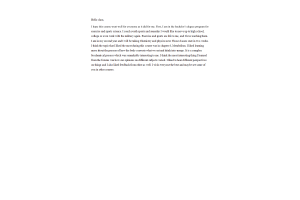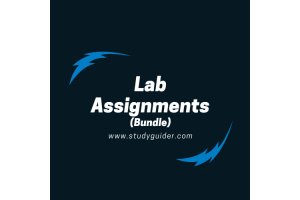BIOL133 Week 16 Exam 4- Chapters 16-20; Cover Five Chapters
- $39.00
- Question: Cladistics is used to construct
- Question: Although flowers have a common ancestor, they vary quite differently due to the environment and their specific pollinators. This is an example of
- Question: In the process of adaptive radiation, there is usually one species from which others will quickly diverge. This original species is known as the
- Question: The accumulation of mutations in a population over generations leads to
- Question: In some organisms mating preference leads to males having characteristics much different from the females (like being larger or more colorful) which is termed
- Question: A is the final sequence of DNA put together from overlapping sequences.
- Question: In the two-hybrid screening technique, what type of protein is separated into two different domains to determine if two other proteins attached to these domains will interact?
- Question: Overexpression of miRNAs can lead to a decrease of protein expression associated with some forms of cancer. What could a drug do to counter this effect?
- Question: can occur when newly formed species produce hybrids and the original reproductive barriers break down.
- Question: An individual may have a mutation that causes them to break down a drug much more quickly than normal people. They were then provided with a higher dose, which was effective in treating the disease. This is an example of .
- Question: What would be at the base of the evolutionary tree of life?
- Question: A change in the level of an individual protein in a diseased cell is known as a
- Question: What type of gene is a normal activator of cell growth?
- Question: The only taxonomic category in which microevolution can occur is the level.
- Question: A species of fly lives in a canyon. Some of the flies prefer the side that gets sunlight during the day, while others prefer the shade. Over time, they develop different mutations and start to mate with those that prefer the same conditions. What would this be due to?
- Question: The fact that being homozygous recessive for the CCR5 receptor protects people from being infected with HIV, thus causing an increase in the recessive CCR5 allele, is an example of
- Question: Proteins that respond to environmental stimuli to prevent the binding of transcription factors are known as .
- Question: Epigenetics refers to a special kind of hereditary mechanism. Epigenetic changes do not change the DNA nucleotide sequence, yet their effect on gene expression can last for several generations.In one surprising study, it was found that the grandsons of men who suffered a famine were less likely to die of cardiovascular disease. The experience of famine made some cardio-protective change in the sperm of those grandfathers that was passed on. What type of change was likely responsible?
- Question: Charles Lyell, a geologist and friend of Charles Darwin, influenced Darwin's thinking with which idea?
- Question: hotspots can decrease the accuracy of linkage maps.
- Question: Which of the following accomplishes horizontal gene transfer by bacteriophage?
- Question: Why is gene regulation important in multicellular eukaryotic cells?
- Question: A superhighway is put down in a field separating a population of snails. Over time, they acquire mutations and become two different species. This is an example of speciation.
- Question: The expression of different characteristics due to having different alleles or differences in expressing allele combinations is known as
- Question: Which type of mutation would NOT be subjected to natural selection?
- Question: Organisms in a specific clade would not only have structural features in common, but also share what other types of features?
- Question: Population bottlenecks and founder effects
- Question: How can scientists tell how closely related two organisms are?
- Question: Which of the following statements is most accurate concerning horizontal gene transfer?
- Question: How could phylogenetics be useful for humans in medicine? Question 30 options:
if a disease is found in humans, it might also be found in gorillas
- Question: A gene is made up of three exons (numbered consecutively) with two introns (intron 1 between exons 1 and 2 and intron 2 between exons 2 and 3). What would happen if there were a mutation at the 3' splice site of intron 1?
- Question: Knowing a person's genome could lead to not getting a specific job, not getting insurance, or other forms of .
- Question: If every cell in the body gets the same DNA, how do the cells of an embryo make different structures and take on different roles? (Select all that apply.)
- Question: The place where Darwin noticed finch and tortoise differences that helped him develop his theory of evolution was ?
- Question: The web of life model and the ring of life model of phylogeny both rely on which mechanism?
- Question: At a family get-together, your uncle says "I don't believe in that evolution stuff. Scientists are always saying that something evolved because of 'a gene for eyes' or 'a gene for wings'. Well, that's crazy – how can one single gene build an eye or a wing?" How do you reply?
- Question: What is the only way to introduce a new allele into a species?
- Question: What is typically used to organize homologous traits into groups that evolved from a single ancestor?
- Question: In E. coli, what happens when glucose levels fall?
- Question: During translation initiation, eIF-2 binds to GTP which then binds to
